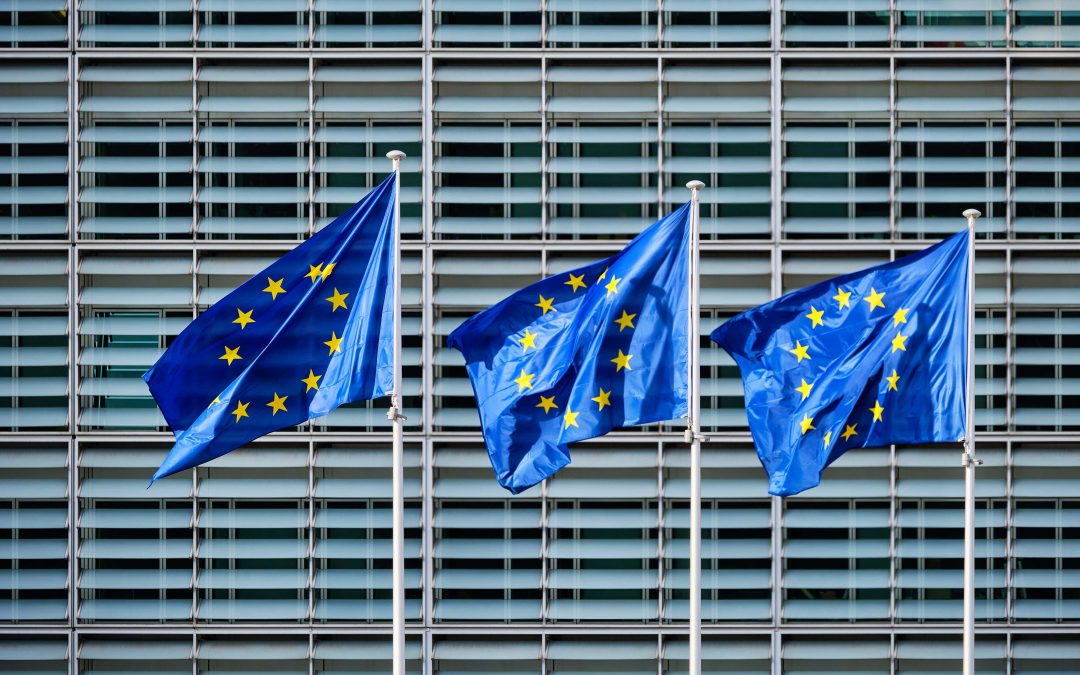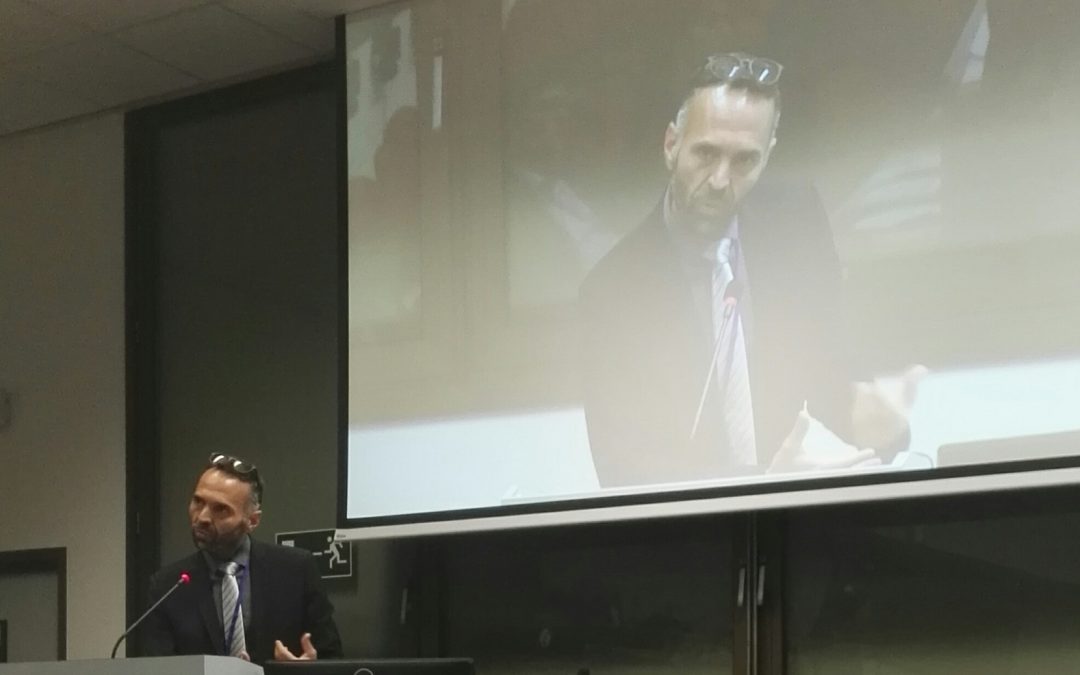


HWE present at the COP1 of the Minamata Convention
A few weeks after the entry into force of the (16 August 2017), the first meeting of the Conference of the Parties (COP1) took place from 24 to 29 September 2017 in Geneva, Switzerland. The Convention, whose Secretariat is now officially based in Geneva, aims at “protecting the human health and the environment from anthropogenic emissions and releases of mercury and mercury compound”. Mercury, which is still commonly used in various fields, is recognized as a substance producing significant adverse effects, making it essential to be adequately treated and disposed of in a sustainable manner. HWE, whose members brought their expertise to the work of the Convention, pays tribute to the entry in to force of the Convention and attended this important event. For HWE, the Convention shall ensure: the phase out of the use of mercury with a pragmatic but safe framework for the few remaining allowed uses, the ultimate goal is the stabilization of mercury considered as a waste through high tech process that will ensure a safe permanent storage, the full traceability of mercury waste from the producer to the final destination, clear definitions of what is a “waste contaminated by mercury”, “waste containing mercury”, or “mercury compounds”, where specific requirements due to this contamination shall apply the very strict monitoring of mercury emissions to air from the relevant sources (coal
;

Highlight on high quality recycling: HWE in the spotline at the EU Commission’s conference on plastic
On 26th September, a numerous number of stakeholders among them representatives of industries, European federations, civil society, national public authorities and EU institutions gathered for the conference “Reinventing plastics – Closing the circle” in view of the forthcoming plastic strategy. Nicolas HUMEZ, as chairman of HWE, delivered a targeted presentation – that you can find in the panelist cession dealing with “Interface between product, waste and chemical policy: how to balance phasing out legacy substances with higher recycling rates?” It was the opportunity to highlight the key necessity to promote high quality recycling -and to use the words of First Vice President of the European Commission, Frans Timmermans “not only because it is the right thing to do for the environment, but because it is the smart thing to do for the economy”- in discussions that often focus merely on quantitative targets. HWE puts the emphasis on the absolute necessity to couple high quality recycling rates with quality criteria. Waste producers and operators should avoid operations that circumvent the rules by using declassification and dilution so as to reach recycling targets more easily, and which unfortunately considerably contaminate the quality of recyclates with substances of concerns and endanger at the same time health and the environment. It implies notably to make a clear distinction between waste –
;

Entry into force of the Minamata Convention on Mercury
Entry into force of the Minamata Convention on Mercury
